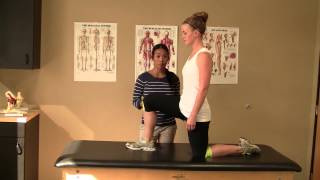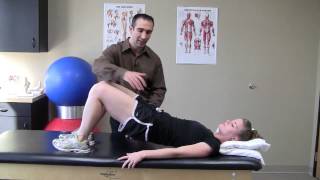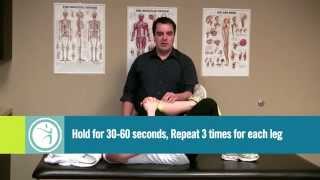Pain 101: Hip Pain
What is Hip Pain?
Hip pain affects many people in a wide age range. Pain with walking, running and sitting can be indicators of several different conditions of the hip. Hip pain can limit one’s life in a variety of ways.
Types of Hip Pain
Arthritis
Arthritis is the wearing out of the hip joint leading to pain in the hip, groin, low back and even radiating down the leg. This can be caused by trauma/injury, repetitive movements over time or aging and may lead to an inability to walk without pain.
Piriformis Syndrome
The piriformis is one of the hip rotator muscles located in the buttock region. This condition occurs when the sciatic nerve is irritated by the piriformis muscle causing pain, tingling and numbness in the buttocks and down into the leg.
Bursitis (Trochanteric)
There are several muscles and tendons in the hip and when they become inflamed, it causes increased pain with movement. Tendonitis or a strain in the hip is often a result of compensations due to muscle imbalances or more serious hip joint pathology.
Tendonitis & Muscle Strains
There are several muscles and tendons in the hip and when they become inflamed, it causes increased pain with movement. Tendonitis or a strain in the hip is often a result of compensations due to muscle imbalances or more serious hip joint pathology.
Lumbar Referred Pain
Nerves in the lumbar spine often refer pain to the hips. Most commonly, pain is referred to the back or the outside of the hips.
Sacro-Iliac Pain
This is the joint in the bony pelvis which connects the sacrum and the ilium of the pelvis. This joint is commonly strained in younger adults and is a source of arthritis in older adults causing pain in back of the hip.
STEPS TO HIP PAIN
1
REST
It is important when you are experiencing hip pain to limit your activity and rest so your hip can heal.
2
COLD PACKS
Apply a cold pack to your hip to reduce pain and inflammation in the joints and muscles. To prevent damage to the skin and surrounding tissue, cold packs should only be applied in 15 minute intervals.
3
STRETCH
If you don’t have increased pain with movement, stretching the leg, hip, and back muscles can be the first step in helping to loosen up your hip and decrease the pain.
4
PHYSICAL THERAPY
Physical therapy consists of hands-on treatment to loosen muscles and joints, education on proper posture and movement to decrease pain, instruction on stretching and strengthening exercises to restore mobility and strength and modalities such as electrical stimulation, cold/heat and ultrasound.
HIP PAIN EXERCISES
Following are a few exercises you can perform that may help alleviate pain. Please go to LIFE+ for more videos that may help you. Please consult your physician before trying these, and stop if you experience any pain or discomfort.







